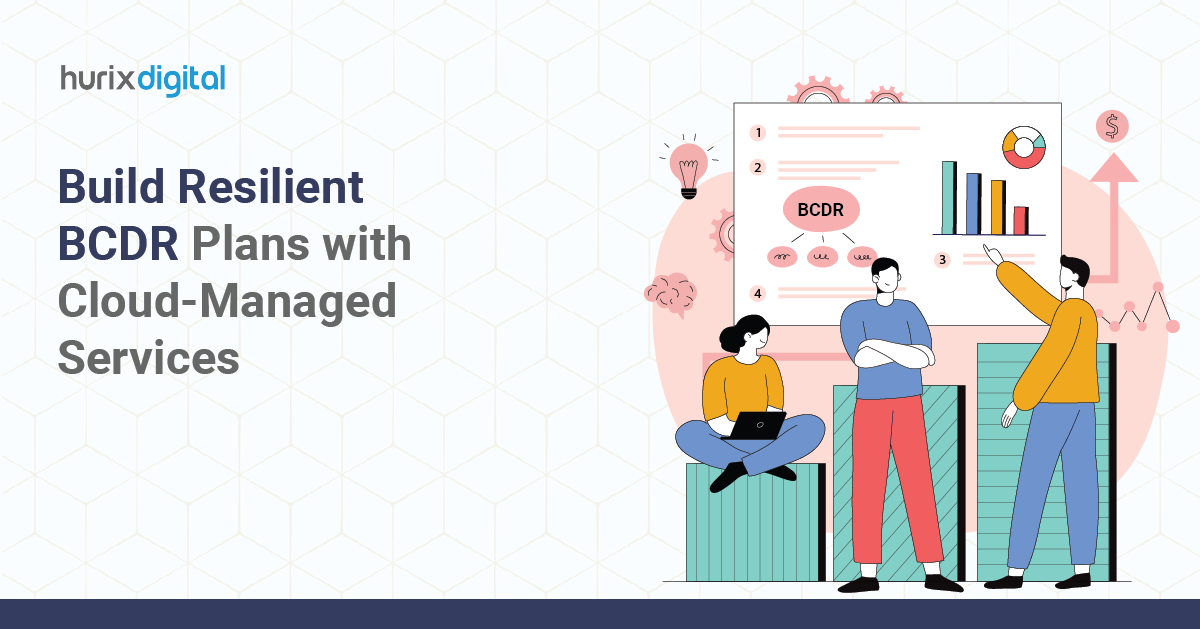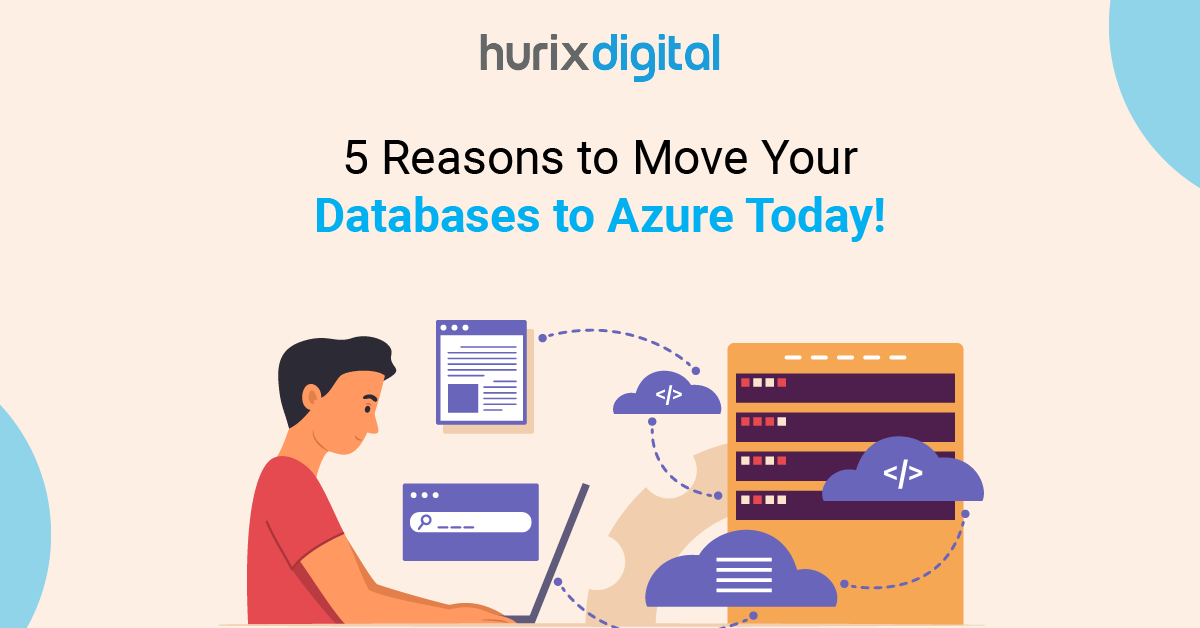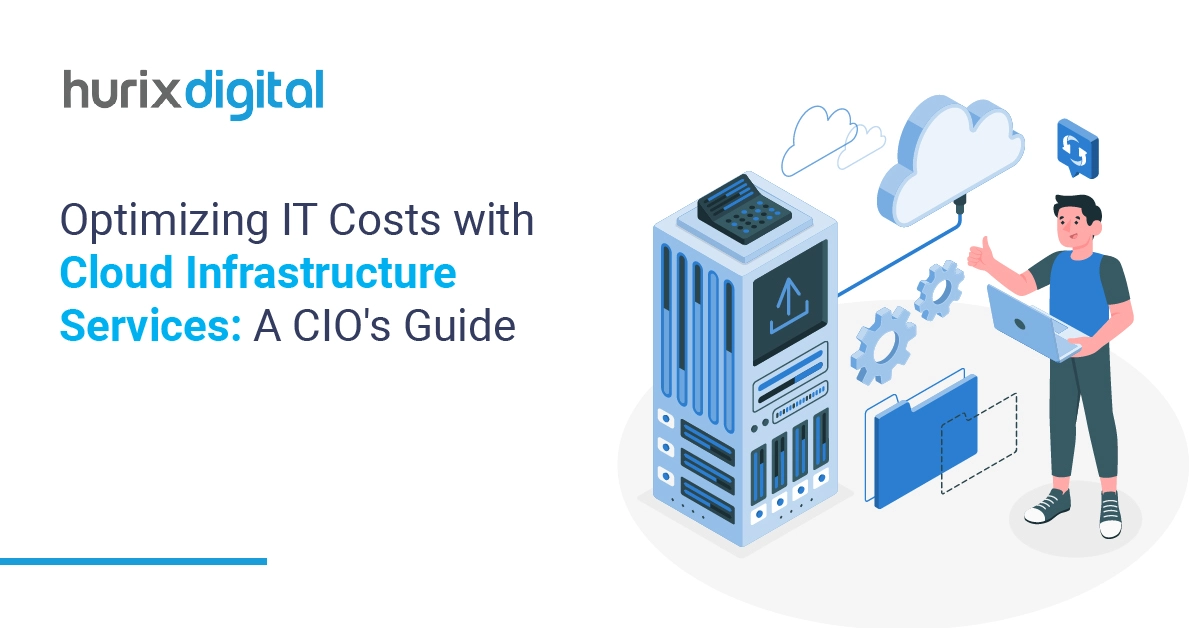
Build Resilient BCDR Plans with Cloud-Managed Services
Summarize with:
When unexpected events threaten to shut down work processes, cloud-managed services come to the rescue. Flooding, wildfires, tempestuous storms, or even hackers and ransomware may knock down your IT systems, data, and, eventually, your entire company. Thus, your business requires a plan that assures continued operations no matter the type of disaster.
However, traditional approaches to disaster recovery are expensive and lengthy. Therefore, adopting cloud technology is an ideal way to establish disaster recovery strategies.
Cloud computing allows organizations to acquire reliable, adaptive, and affordable resources that help avoid downtime and protect data. In the future, business persistence will largely rely on cloud computing technology.
Table of Contents:
- Business Continuity and Disaster Recovery (BCDR) Explained
- Importance of Disaster Recovery Plan and Business Continuity
- Cloud Services for Business Continuity and Disaster Recovery
- Key Components of Cloud Computing in BCDR Planning
- Regulatory Compliance or Legal Considerations
- How to Develop a BCDR Plan with Cloud-Managed Services?
- Best Practices for Disaster Recovery and Business Continuity in Cloud Services
- Wrapping Up
Business Continuity and Disaster Recovery (BCDR) Explained
Business Continuity (BC) and Disaster Recovery (DR) are vital strategies to keep your operations running during a crisis. A reliable BCDR plan ensures that your company maintains essential functions and services. It focuses on having the right people, processes, and technology in place to navigate through disasters.
Disaster recovery is the technical aspect of business continuity as it focuses on restoring IT operations and minimizing data loss. You’ll need a detailed plan that prioritizes critical systems based on their importance. This is where cloud services become a game changer. They allow you to distribute workloads across different locations, ensuring resilience against disruptions.
Utilizing cloud computing and virtualization helps you avoid the hefty costs of maintaining duplicate systems. Instead, you can run standby instances in the cloud, scaling them up only during a disaster. With cloud services, you can recover workloads faster and more efficiently.
You must consider dependencies between applications when designing your disaster recovery strategy. Critical systems should be distributed across multiple locations to prevent single points of failure. Your BCDR plan must include the cloud as it offers the flexibility to restore workloads quickly.
Also Read: Cost Optimization in Healthcare with Cloud-Managed IT Solutions
Importance of Disaster Recovery Plan and Business Continuity
Your company is faced with different risks — natural disasters then IT failures, downtime, and financial losses. In this case, it becomes imperative to have a strong disaster recovery scheme together with a business continuity strategy. Such plans empower quick response during the time of crisis which helps reduce downtime and meet regulatory compliance.
As per 2022 survey data, 25% of firms hit by unplanned outages incurred losses estimated above $1 million. Most conventional disaster recovery methods require heavy upfront expenditures in terms of hardware and software. But then again, cloud-based solutions represent an exemplary alternative that is both affordable and scalable.
By utilizing cloud services, you can move critical workloads to the cloud which guarantees minimal loss of information and faster retrieval periods. This also increases your company’s resilience and protects it from fleeting events.
Cloud Services for Business Continuity and Disaster Recovery
Cloud solutions are now indispensable elements of the business continuity and disaster recovery plans of contemporary organizations. Here are three essential cloud services to include in your plan:
1. Disaster Recovery as a Service (DRaaS)
It helps you replicate your important data and applications in the cloud for recovery.
Continuous data protection allows recovery to the moment just before failure so that asset loss remains minimal.
2. Backup as a Service (BaaS)
This cloud service helps you keep multiple copies of your critical data safely backed up in the cloud.
Encryption and data immutability features guarantee your backups are shielded from any cyber threat and illegitimate alterations.
3. Infrastructure as a Service (IaaS)
By transitioning your IT infrastructure to the cloud, you will minimize capital costs and improve business continuity. Infrastructure as a Service provides secure, scalable resources that support recovery during natural disasters or major IT outages.
Key Components of Cloud Computing in BCDR Planning
Cloud computing plays a critical role in disaster recovery and business continuity. Here are two essential components:
1. Data Replication and Redundancy
Automating data replication to multiple locations using cloud-based solutions helps achieve high availability and prevents localized disruptions. These backups reduce data loss risks.
2. Failover and Failback Capabilities
When disaster strikes, managed cloud providers allow for a smooth transition (failover) from primary to secondary environments, minimizing downtime. Failback restores normal operations once the crisis is over.
Regulatory Compliance or Legal Considerations
Meeting industry regulations is key in disaster recovery and business continuity planning. Therefore, Ensure your cloud services provider is compliant with all relevant data protection laws.
You must confirm that it uses encryption and access controls to secure sensitive data. Furthermore, remember to check your DR and BC plans more often to ensure they match the current regulatory requirements.
How to Develop a BCDR Plan with Cloud-Managed Services?
Here are four essential steps:
Step 1: Select a Trusted Cloud-Managed Services Provider
Choose an appropriate provider that offers geographically spread data centers, supports real-time replication, and aligns with your business recovery time objectives (RTOs) and recovery point objectives (RPOs). This is very important to reduce downtime and data loss during a disaster.
Step 2: Create an Effective Disaster Recovery Plan
Work with your provider to develop a blueprint to identify critical applications and data. Implement automated failover mechanisms, and test these regularly to ensure the recovery process runs smoothly in real-world scenarios.
Step 3: Establish a Business Continuity Strategy
Leverage cloud scalability to distribute workloads across different regions. Use load balancing to maintain operations during hardware failures or demand spikes, and ensure effective communication channels for swift crisis response.
Step 4: Test and Update Your Plan Regularly
Regularly test your DR plan by simulating various disaster scenarios. This makes sure your strategy is up to date. Keep all personnel informed about their duties during an emergency.
Best Practices for Disaster Recovery and Business Continuity in Cloud Services
Below are some of the tried and tested practices you can consider:
- Risk Assessment and Planning: Perform periodical assessments to identify threats and vulnerabilities. In your plan, set clear recovery objectives and roles.
- Multi-Region Replication: Distribute data across different regions to guarantee redundancy and prevent local outages.
- Automation: Create self-operating failover systems to hasten the restoration process and minimize human errors.
- Regular Testing: Conduct frequent drills and training to ensure preparedness and address any weaknesses in your strategy.
Also Read: The Future of IT: Leveraging Hybrid Cloud Solutions for Efficient System Integration
Wrapping Up
Businesses using cloud-based disaster recovery services reduce downtime and financial losses. Cloud solutions provide near-zero downtimes and data protection with lightning-fast RTOs and RPOs.
Disaster resilience is greatly enhanced by a robust business continuity plan underpinned by cloud technologies. Cloud services help mitigate the risk of data loss and help improve disaster recovery operations — two reasons why they are crucial for today’s businesses.
Hurix Digital offers robust cloud-managed services, providing scalable, secure, and resilient IT solutions. With expertise in disaster recovery and business continuity, we ensure seamless operations and protection from disruptions. Partner with Hurix Digital to safeguard your business today. Schedule a call and explore tailored solutions.
Summarize with:

Vice President and Strategic Business Unit Head – Cloud Services
A top technology management voice on LinkedIn with 20 Years of experience in Information Technology, Cloud Services, Digital Transformation, Application Modernization, Managed Services, IT Security Engineering and Operations Management. An avid technology Leader, Leadership Speaker, Author & Coach.
 A Space for Thoughtful
A Space for Thoughtful 



